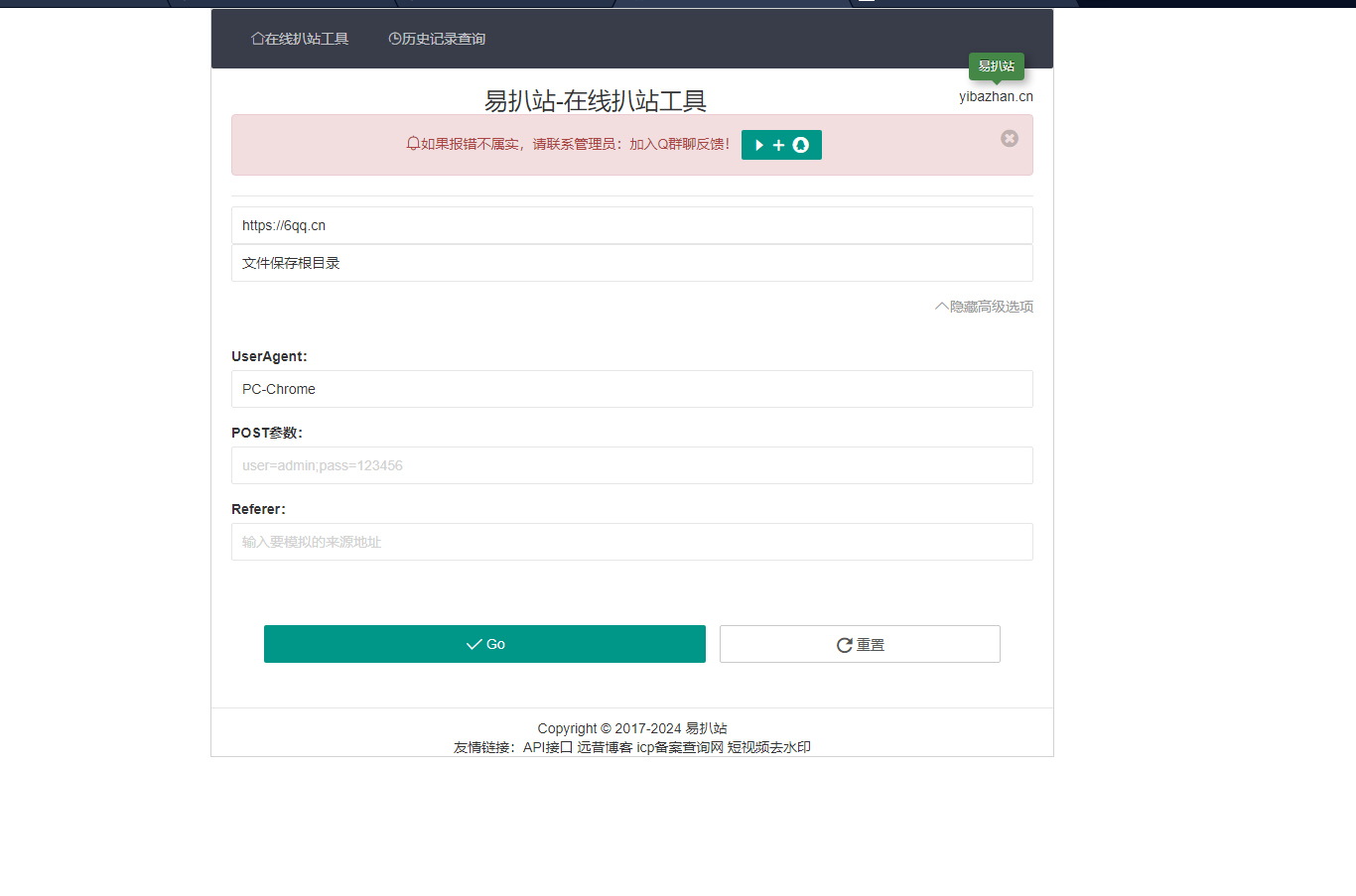
分析Node.JS日志中的用戶行為是一項復雜的任務,需要多個步驟和技術來實現。以下是一個基本的指南,幫助你開始這個過程:
1. 日志收集
首先,確保你的Node.js應用程序已經配置了日志記錄。常用的日志庫包括winston、morgan和pino。
const winston = require('winston'); const logger = winston.createLogger({ level: 'info', format: winston.format.json(), transports: [ new winston.transports.File({ filename: 'error.log', level: 'error' }), new winston.transports.File({ filename: 'combined.log' }) ] });
2. 確定關鍵指標
明確你想要分析的關鍵用戶行為指標,例如:
3. 日志解析
使用日志解析工具或編寫腳本來解析日志文件。你可以使用grep、awk、sed等命令行工具,或者使用編程語言如python、JavaScript來解析日志。
使用Python解析日志
import re log_file = 'combined.log' pattern = r'"GET /([^"]+) HTTP/1.1" (d+) (d+)' with open(log_file, 'r') as file: for line in file: match = re.search(pattern, line) if match: path = match.group(1) status_code = match.group(2) size = match.group(3) print(f'Path: {path}, Status Code: {status_code}, Size: {size}')
使用JavaScript解析日志
const fs = require('fs'); const readline = require('readline'); const logFile = 'combined.log'; const pattern = /"GET /([^"]+) HTTP/1.1" (d+) (d+)/; const fileStream = fs.createReadStream(logFile); const rl = readline.createInterface({ input: fileStream, crlfDelay: Infinity }); rl.on('line', (line) => { const match = line.match(pattern); if (match) { const path = match[1]; const statusCode = match[2]; const size = match[3]; console.log(`Path: ${path}, Status Code: ${statusCode}, Size: ${size}`); } });
4. 數據存儲和分析
將解析后的數據存儲在數據庫中,如mysql、mongodb等,然后使用數據分析工具進行分析。
使用MongoDB存儲數據
const { MongoClient } = require('mongodb'); async function storedata(data) { const uri = 'mongodb://localhost:27017'; const client = new MongoClient(uri); try { await client.connect(); const database = client.db('logs'); const collection = database.collection('user_behavior'); await collection.insertOne(data); } finally { await client.close(); } } rl.on('line', async (line) => { const match = line.match(pattern); if (match) { const data = { path: match[1], statusCode: parseInt(match[2]), size: parseInt(match[3]) }; await storeData(data); } });
使用MongoDB Compass進行數據分析
打開MongoDB Compass,連接到你的數據庫,然后創建聚合管道來分析數據。
[ { $group: { _id: "$path", totalRequests: { $sum: 1 }, averageSize: { $avg: "$size" }, statusCodeCounts: { $push: "$statusCode" } } }, { $sort: { totalRequests: -1 } } ]
5. 數據可視化
使用數據可視化工具如Tableau、Power BI或D3.js來創建圖表和儀表板,以便更直觀地理解用戶行為。
6. 持續監控和優化
設置持續監控系統,定期檢查日志和分析結果,并根據分析結果優化應用程序和用戶體驗。
通過以上步驟,你可以有效地分析Node.js日志中的用戶行為,并從中獲得有價值的洞察。
? 版權聲明
文章版權歸作者所有,未經允許請勿轉載。
THE END

















